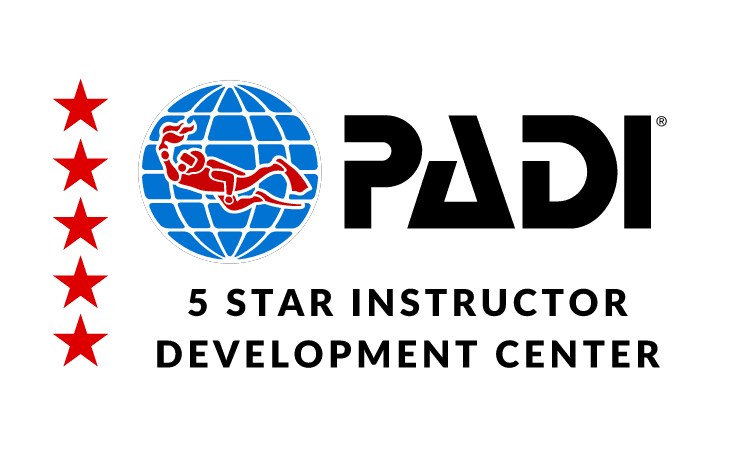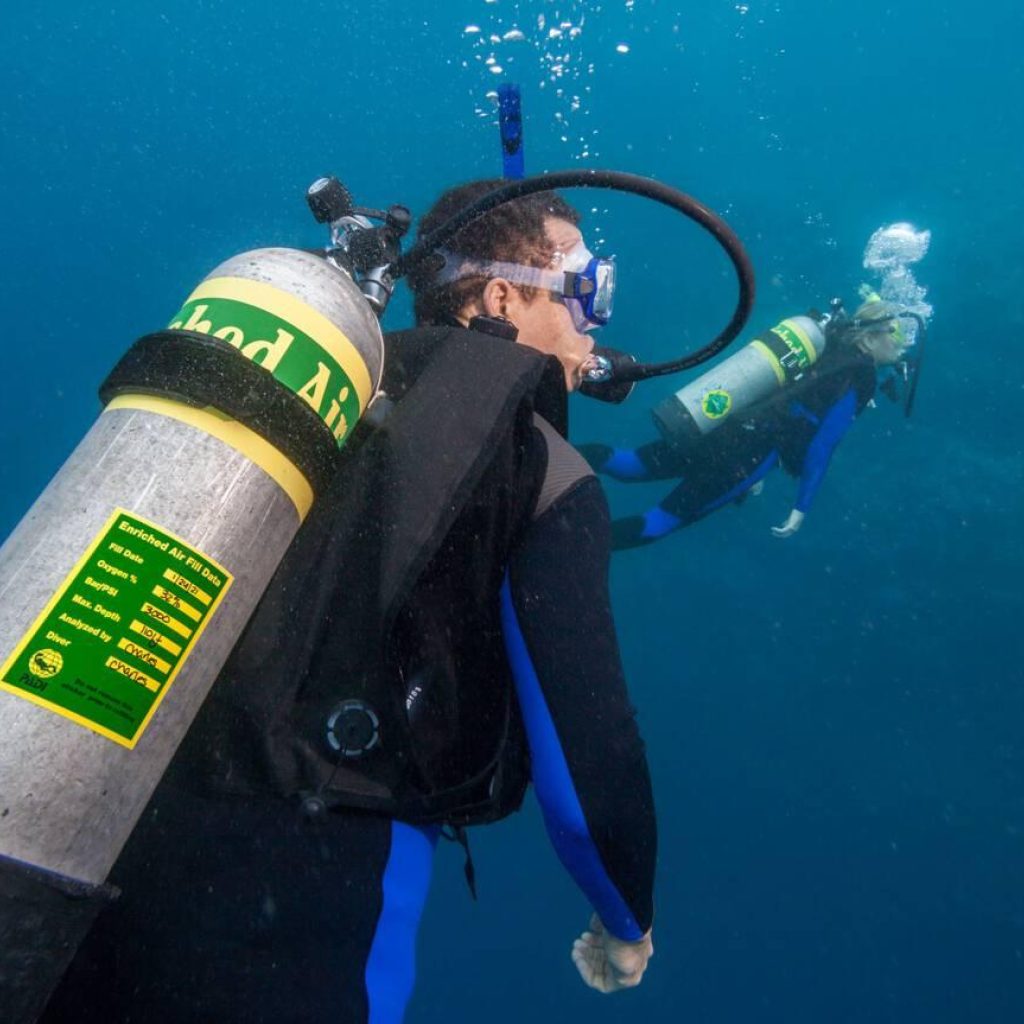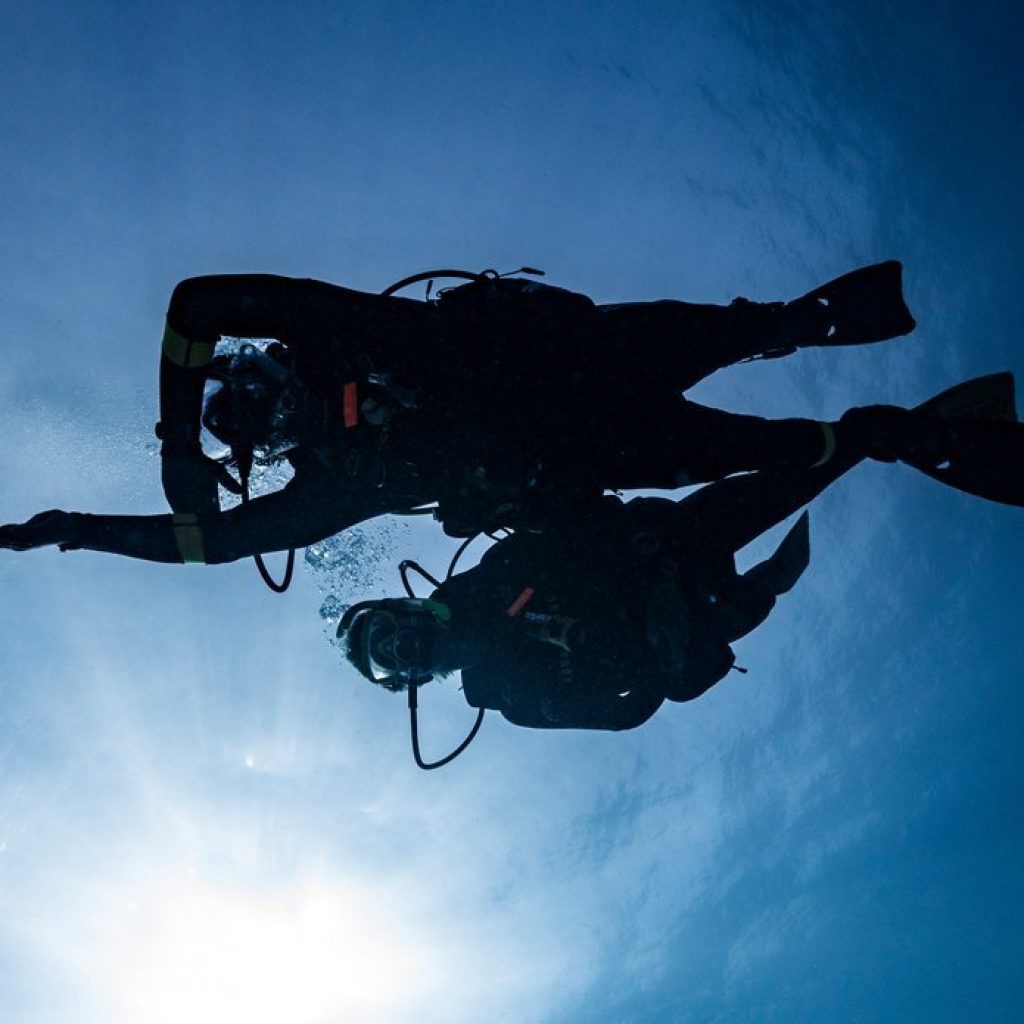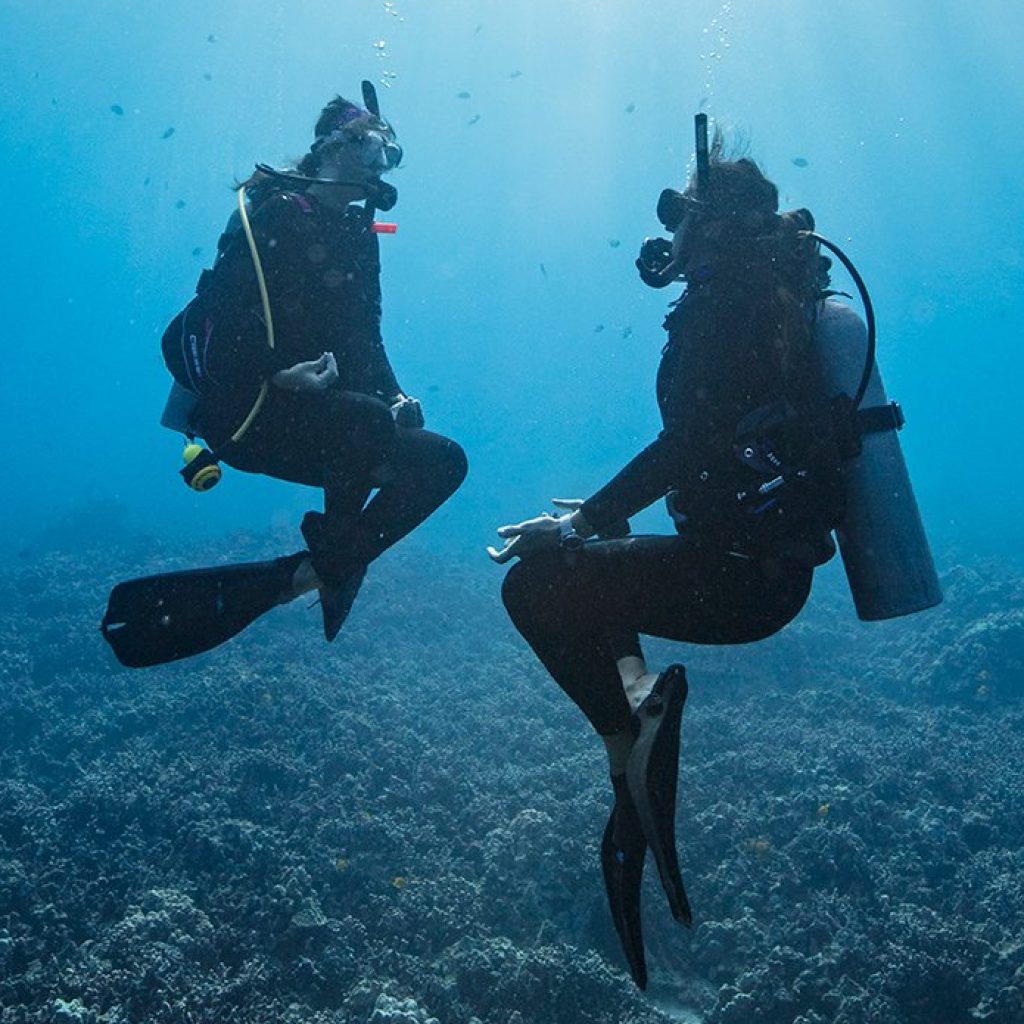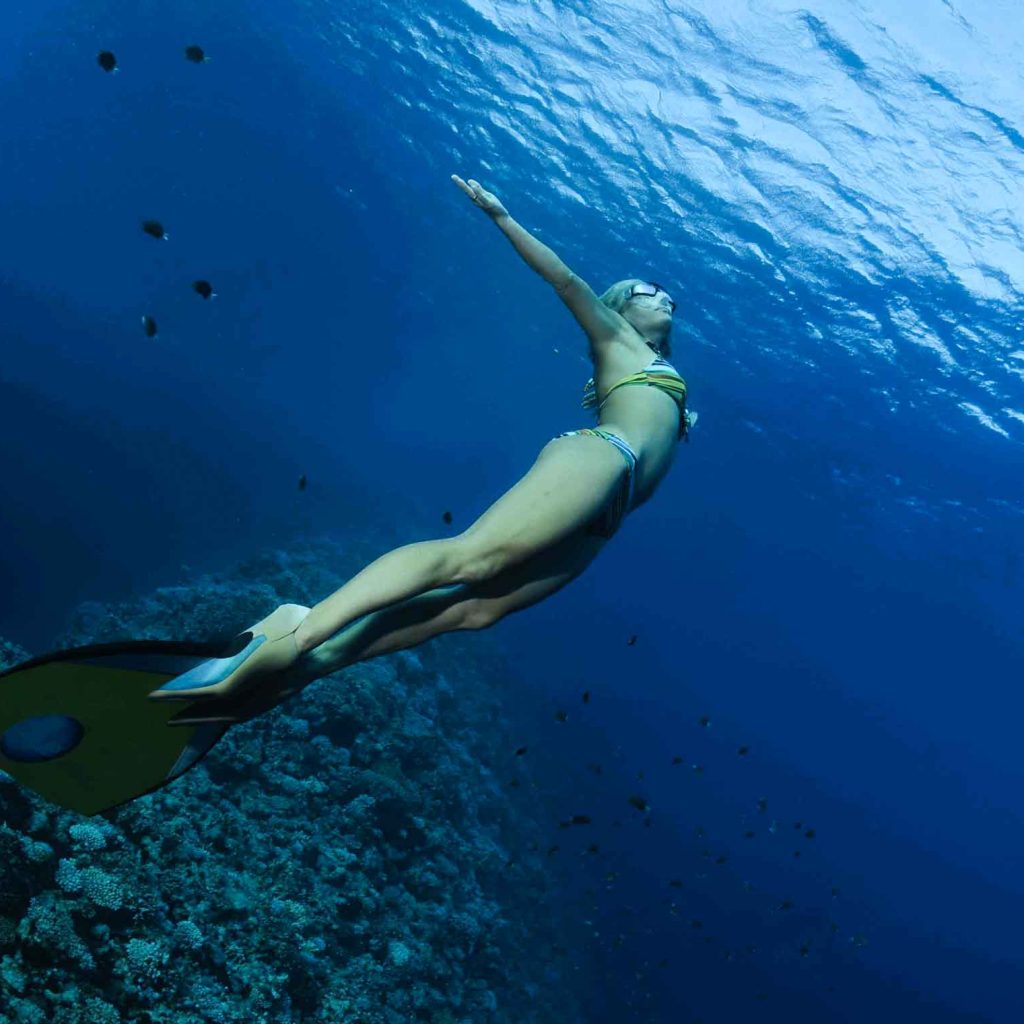Discover a New World of Underwater Freedom
Tired of that bulky tank on your back? Explore the exciting world of sidemount diving with the PADI Sidemount Diver Course, open to certified PADI Open Water Divers (15+).
Forget technical limitations: Sidemount isn’t just for cave divers anymore! Recreational divers can now unlock its incredible benefits:
- Freedom from back strain: Enjoy effortless dives with balanced weight distribution.
- Increased awareness: Monitor all your equipment easily, keeping everything within sight.
- Extend your dives: Carry more gas for longer underwater adventures.
- Streamlined profile: Glide through the water with sleek, minimal drag.
Ready to ditch the backpack? This 2-3 day course equips you with:
- Expert knowledge: Learn everything about sidemount configuration, from setup to problem-solving.
- Hands-on training: Master proper assembly, weight management, gas switching, and more.
- Real-world experience: Practice your skills during 3 open water dives, mastering sidemount technique.
Experience the difference:
Switch cylinders seamlessly: Learn techniques for smooth gas management.
Discover a whole new diving experience: Feel the freedom and comfort of sidemount firsthand.
Ready to take the plunge? Join us at Sambo Diving Center and embrace the future of diving with the PADI Sidemount Diver Course!

